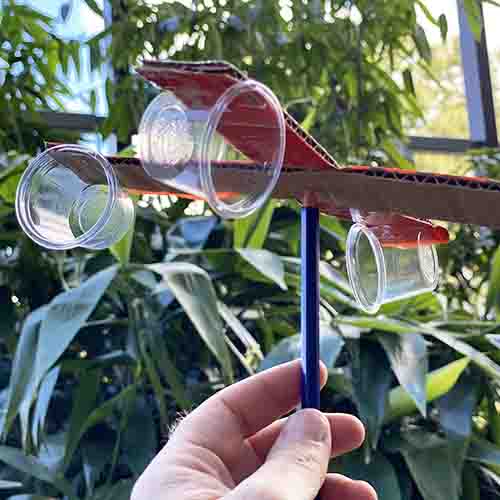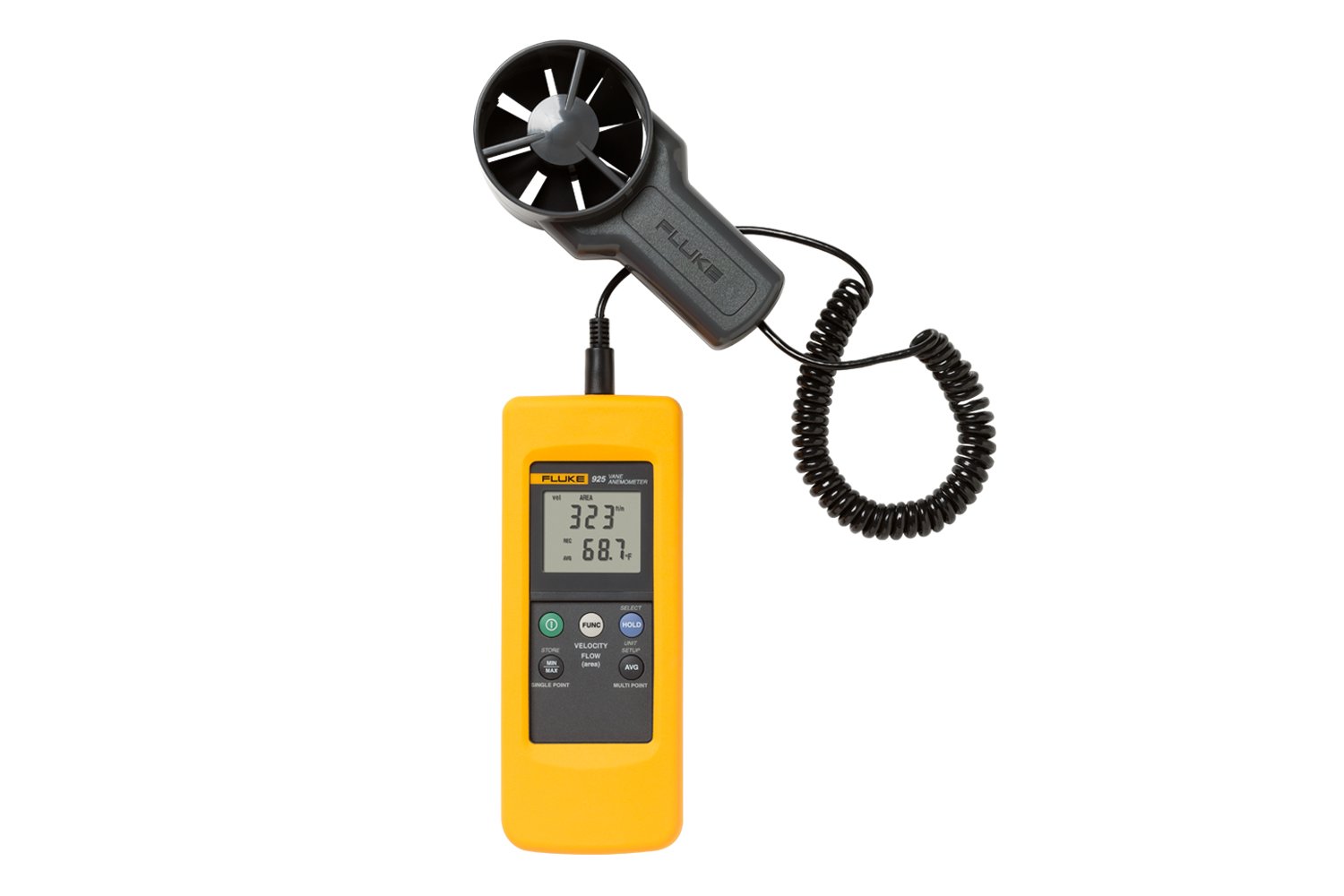Anemometers Revealed: Comprehending Their Importance in Environmental Monitoring and Precaution
The function of anemometers in ecological monitoring and safety and security actions is often taken too lightly, yet their significance is indisputable. These instruments have a long background rooted in clinical questions and technical improvements, evolving to end up being crucial tools in numerous fields. From meteorology to aviation safety and security, anemometers play a crucial duty in supplying accurate information that notifies decision-making procedures and boosts overall safety and security. Comprehending the ins and outs of anemometers introduces a world of crucial insights that are fundamental to our understanding of the setting and the measures we take to make sure safety and security.
Background of Anemometers
The evolution of anemometers can be traced back to the ancient people where rudimentary wind determining devices were first used. One of the earliest well-known anemometers was the hemispherical mug anemometer developed by Leon Battista Alberti in the 15th century.
Over the years, developments in modern technology led to the advancement of more modern-day anemometers, including ultrasonic anemometers and laser Doppler anemometers, providing enhanced precision and performance in determining wind rate and direction. The history of anemometers showcases a remarkable journey of advancement and development in the field of weather forecasting.
Kinds of Anemometers
Throughout the area of weather forecasting, various sorts of anemometers have been established to accurately gauge wind speed and instructions. One of the most common type is the mug anemometer, which contains 3 or four mugs placed on straight arms that revolve with the wind. As the mugs spin, the speed at which they revolve is straight proportional to the wind rate. An additional commonly used kind is the vane anemometer, which includes a tail or fin that straightens itself with the wind instructions. This placement permits the gadget to figure out the wind instructions. Sonic anemometers use ultrasonic signals to gauge wind speed and instructions precisely. They are generally used in research study applications due to their high accuracy. Hot-wire anemometers run based on the principle that the cooling impact of wind on a heated wire is symmetrical to the wind speed. These anemometers are suitable for determining reduced wind speeds with high precision. Each type of anemometer has its staminas and is picked based on the details needs of the monitoring task available.
Applications in Meteorology
Having discussed the different sorts of anemometers made use of in weather forecasting for determining wind speed and direction, it is vital to discover their functional applications in the field. Anemometers play a critical duty in weather forecasting by providing real-time and exact information on wind problems (anemometer). Meteorologists use anemometers to check wind speed and instructions to forecast weather patterns, issue warnings for severe weather condition events like storms, storms, and tornadoes, and examine atmospheric problems for air travel security
In weather forecasting, anemometers help in recognizing local and local wind patterns, which are essential for forecasting weather condition changes and establishing weather trends. These devices are Our site additionally used in study to research microclimates, city warmth islands, and air contamination dispersion. Additionally, anemometers are utilized in agriculture to optimize plant administration practices, such as watering and pesticide application, based upon wind conditions.
Relevance in Aeronautics Safety And Security
An integral element of making certain air travel security hinges on the careful monitoring of wind conditions utilizing anemometers. Anemometers play a crucial duty in air travel by supplying real-time data on wind rate and direction, aiding pilots in making informed choices during trip, landing, and take-off. Strong and uncertain winds can dramatically influence aircraft procedures, making it necessary for air travel authorities to rely upon precise wind measurements to guarantee the security of passengers and crew.

In the vibrant environment of aeronautics, where also small adjustments in wind rate and direction can have profound effects, anemometers stand as important tools for promoting secure and secure flight.
Function in Environmental Research
Anemometers play a critical role in environmental study by providing necessary data on wind rate and instructions. By properly gauging wind qualities, anemometers aid researchers examine the activity of contaminants in the air, assess the impact of industrial discharges, and forecast the spread of impurities in the setting.


Final Thought
In verdict, anemometers have actually played a critical role in environmental tracking and safety and security steps. Recognizing the relevance of anemometers is important for properly gauging wind speed and instructions, which is essential for forecasting weather condition patterns, making certain risk-free aeronautics procedures, and carrying out environmental researches.
One of the earliest known anemometers was the hemispherical cup anemometer developed by Leon Battista Alberti in the 15th century. Over the years, developments in modern technology led to the advancement of more modern-day anemometers, including ultrasonic anemometers and laser Doppler anemometers, supplying enhanced accuracy and performance in determining wind rate and instructions. Hot-wire anemometers run based on the concept that the cooling impact of wind on a warmed cord is proportional to the wind speed. Meteorologists utilize anemometers to monitor wind speed and instructions to anticipate weather condition patterns, problem cautions for extreme weather condition occasions like hurricanes, storms, and tornadoes, and helpful resources examine atmospheric conditions for aeronautics safety.
Comprehending the relevance of anemometers is necessary for accurately measuring wind rate and direction, which is important for anticipating weather patterns, making sure safe air travel procedures, and conducting environmental research studies. (anemometer)